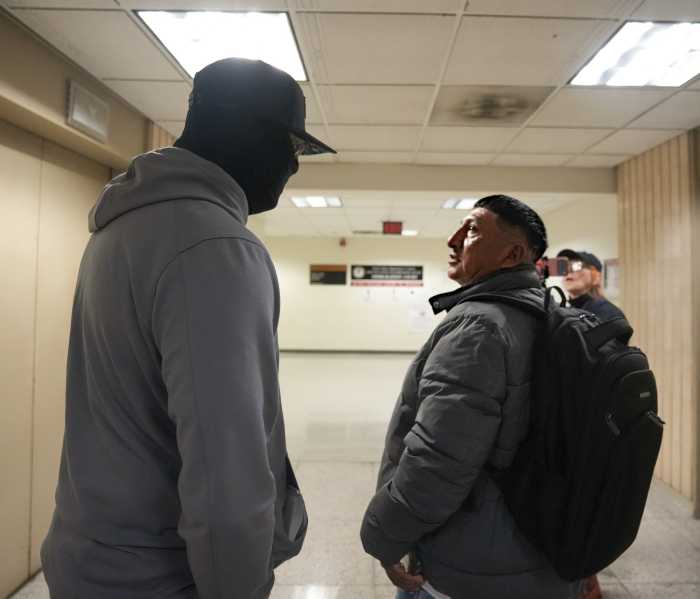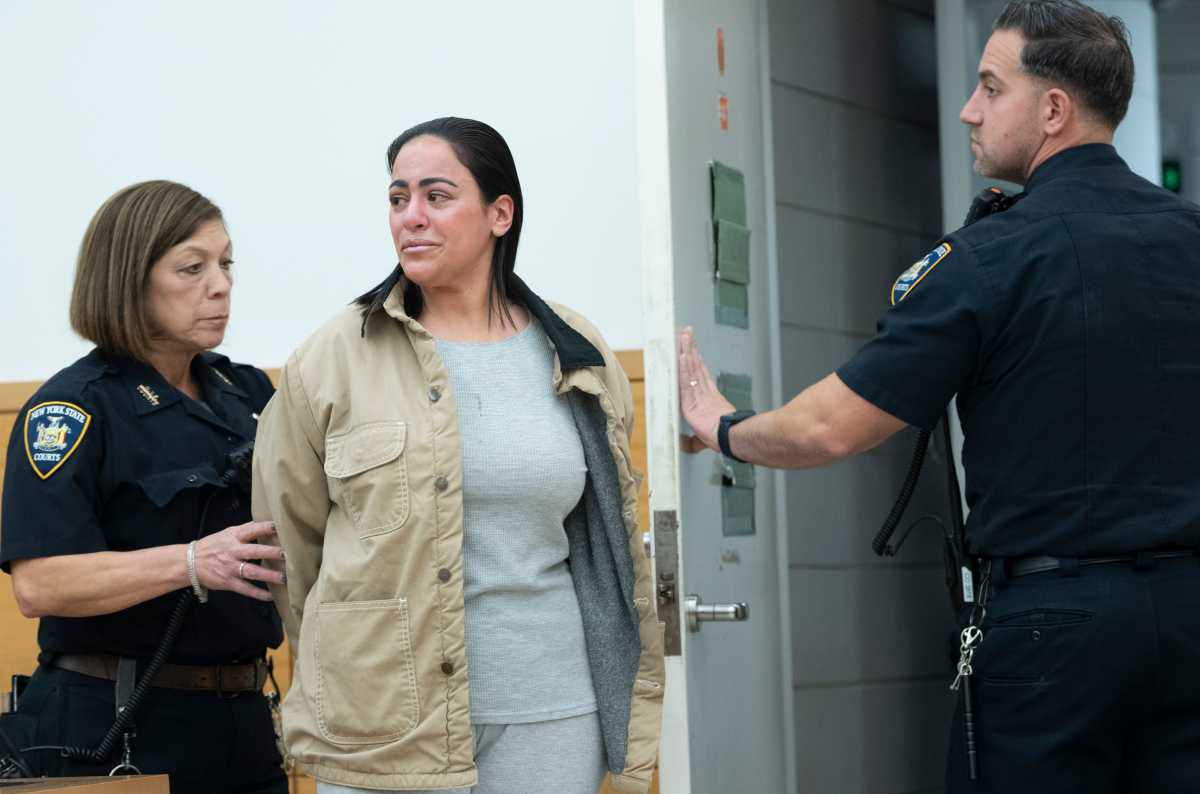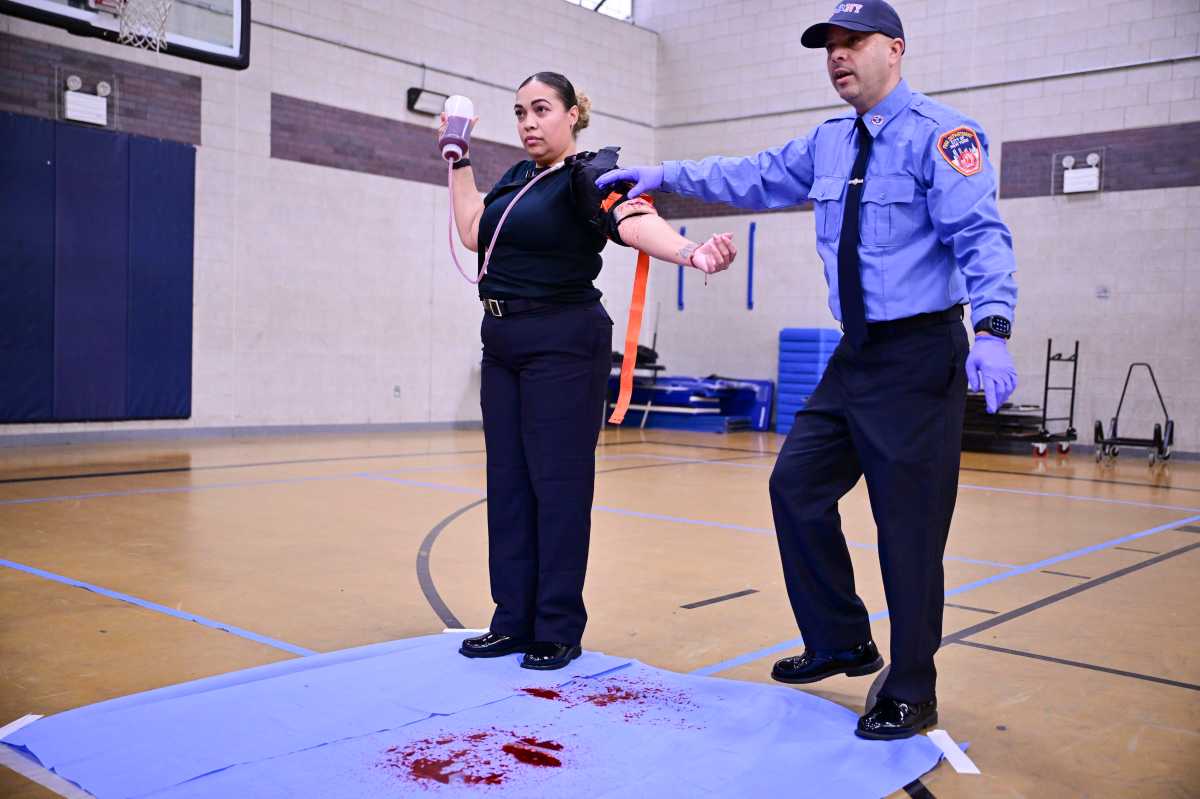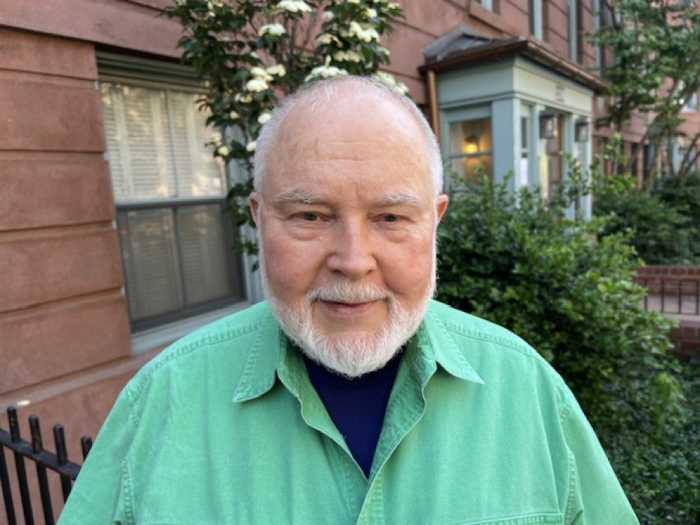Subway conductors are the unsung heroes of the city’s mass transit system.
Their keen eyes and ears are responsible for ensuring that passengers board and depart trains safely, and that straphangers inside and outside the trains maintain their distance while the train is in motion.
A conductor’s service on the job should be considered invaluable. Their actions prevent serious injury or death to commuters. They also provide valuable instructions for riders to safely and efficiently board or disembark, preventing delays that hold everyone else up.
Neither a computer, nor a camera, nor a network of cameras, nor an automated “Stand clear of the closing doors” message can replace the job of a subway conductor. Yet the possibility remains that someday in the future, that position may no longer be needed in the eyes of the MTA.
This is why the state Senate and Assembly passed legislation at the end of its session in June to prohibit the New York City Transit Authority (under the MTA’s direction) from operating any subway trains without at least one conductor on board.
The bill is currently sitting on Gov. Kathy Hochul’s desk, waiting for her signature. Her spokesperson told us she is still reviewing the bill, which is quickly nearing its expiration date. If Hochul doesn’t sign the bill before Dec. 31, the legislation is effectively dead — and the sponsors will need to try to make it law again next year in the new session.
Labor leaders are concerned that without the bill becoming law, the MTA will eventually move to eliminate subway conductors’ positions when negotiating a new collective bargaining agreement.
“We want it enshrined into law that the two-person train crew is a matter of NYS law,” Transport Workers Union President John Samuelsen said. “Because, every single time we go into contract negotiations, they try to eliminate the two-person train crew.”
At a time when so much attention is focused on subway safety, any suggestion of eliminating subway conductor spots would be counterproductive to the mission of subway safety. Stopping fare beaters and criminals only resolve one part of the safety mission. The other is ensuring that people are not delayed, harmed or even killed by mishaps in subway operation.
Unless the MTA can prove beyond all doubt that technology can do the job better, it must continue to keep subway conductors as an essential part of the city’s transit system in order to keep all riders safe and the trains moving on time.
Governor Hochul must sign this bill before the end of this year.






































